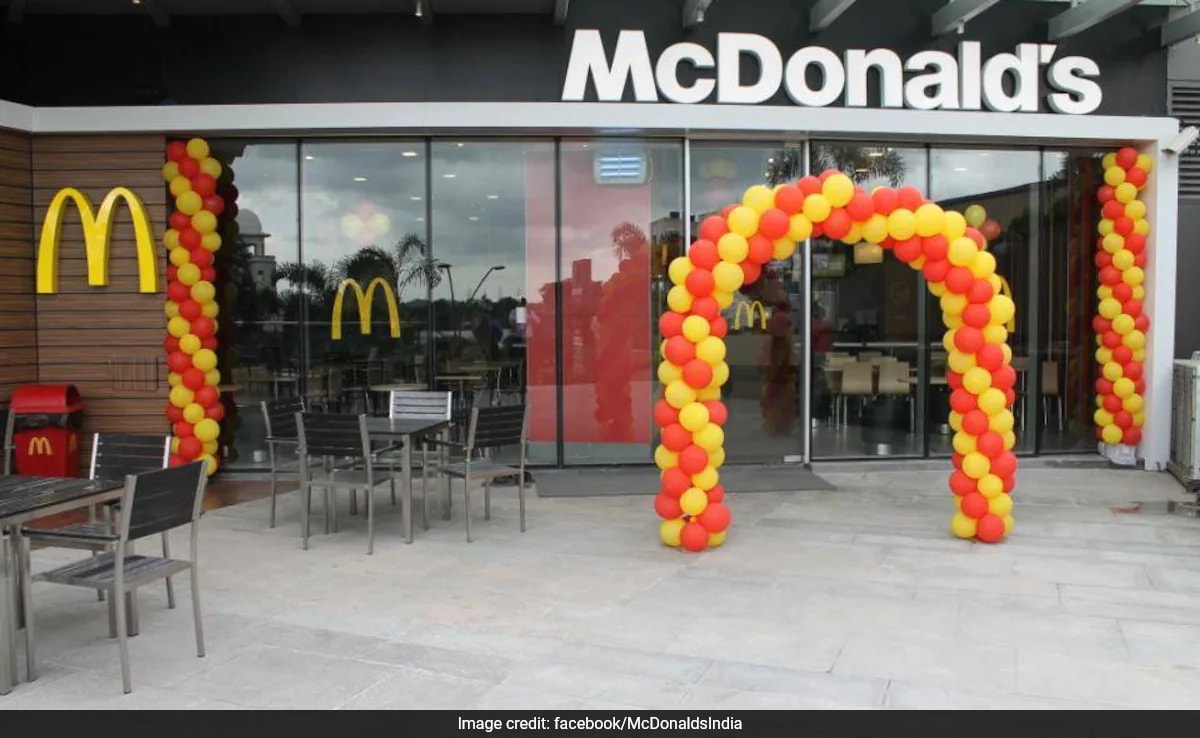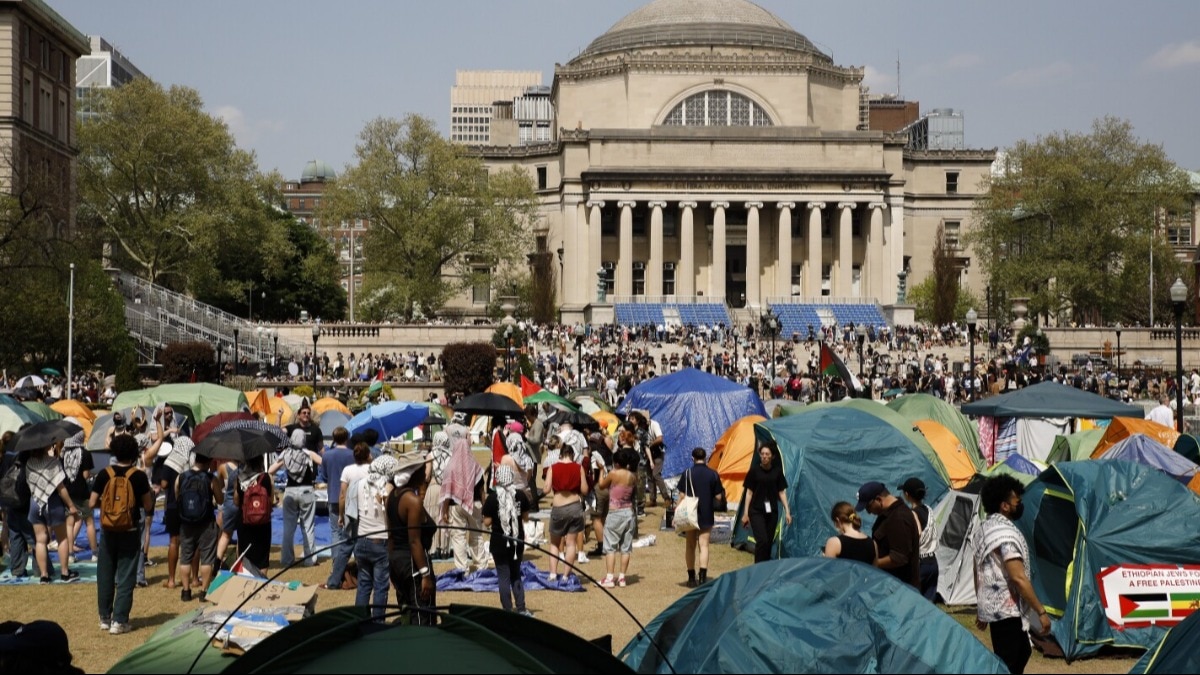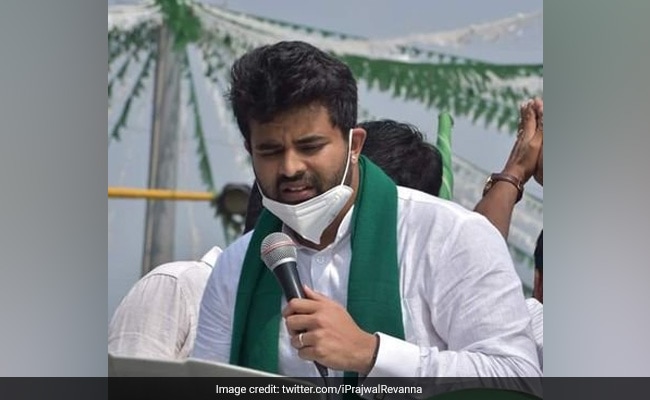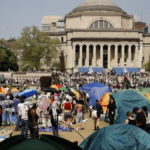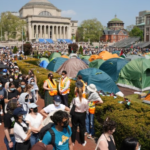
On Tuesday, scientists put the system to the test. (document)
Lucknow:
On Ram Navami Wednesday at noon, the rays of the sun will fall on the forehead of Ram Lalla in Ayodhya, which is the ‘Surya tilak’ of the god, through a process involving mirrors and lenses Complex mechanism implementation.
This will be the first Ram Navami ceremony to be held since Indian Prime Minister Narendra Modi consecrated a Rama idol at the new temple on January 22.
On Tuesday, scientists put the system to the test.
“The basic objective of the Surya Tilak project is to concentrate the ’tilak’ on the forehead of the idol of Shri Ram on every Shri Ram Navami day. As per the project, sunlight will shine on the forehead of Lord Ram at noon on Shri Ram Navami. Every year Chaitra month,” CSIR-CBRI Roorkee scientist Dr SK Panigrahi, who is involved in the project, told news agency PTI.
Dr SK Panigrahi further elaborated, “Every year on the day of Shri Ram Navami, the position of the sun changes. Detailed calculations show that the date of Shri Ram Navami repeats every 19 years.” According to Roorkee Council of Scientific and Industrial Research (CSIR) – Central Building A senior scientist from the Research Institute (CBRI) said that the planned tilak size is 58 mm. He said the exact duration of tilak in the center of the forehead is about three to three and a half minutes, of which there are two minutes of complete illumination.
Meanwhile, Anil Mishra, member of Shri Ram Janmabhoomi Teerth Kshetra Trust told PTI, “During Surya tilak, devotees will be allowed to enter the Ram temple. Around 100 LED lights are being installed by the temple trust and 50 LED lights will be installed by the government. ”, which will showcase the celebrations of Ram Navami and people will be able to see the celebrations from where they are. Sharing his personal experience of installing this unique mechanism, Dr. DP Kanungo, Chief Scientist, CSIR-CBRI, Roorkee said, “In fact, it was carefully planned, designed and implemented to achieve the highest accuracy. “This will demonstrate our scientific acumen and indigenous technological development and demonstrate to our fellow citizens that they have confidence and support in our scientific community,” he said.
Asked what would happen to Surya tilak if the sky is cloudy, Kanungo said: “That’s the limitation. We don’t want to use artificial light because of the faith and belief of our people.” The Roorkee team worked with the Bengaluru-based Indian Astrophysics Research Institute (IIA), in consultation with CSIR-CBRI, developed a 19-year mechanism to direct sunlight from the third floor of the temple to the ‘garbha griha’.
The detailed and complete design to bring sunlight into the garbha griha was developed by CBRI, with optical design consulting provided by IIA.
Manufacturing of optics, tubes, tilt mechanism and other related components is carried out by Optics and Bengaluru-based Allied Engg Pvt Ltd (Optica).
Before implementing the optomechanical system for the Ram temple in Surya tilak, a scaled down model suitable for the Roorkee area was successfully verified. In March 2024, the full-scale model was successfully validated at the Optica facility in Bengaluru.
Dr SK Panigrahi said the CSIR-CBRI, Roorkee team along with IIA Bangalore and Optica Bangalore completed the installation in the first week of April and carried out trial and error.
Meanwhile, explaining the optomechanical system of Surya tilak, Dr SK Panigrahi said, “The optomechanical system consists of four mirrors and four lenses installed inside a tilting mechanism and a duct system. The tilting mechanism has a complete cover with apertures. Placed on the top floor, the sunlight is diverted to the garbha girha through mirrors and lenses. “The last lens and mirror focus the sun’s rays on Shri Ram’s east-facing forehead. A tilting mechanism is used to adjust the inclination of the first mirror. The rays of the sun in the north direction are sent to the second mirror to make Surya tilak every year on Shri Ram Navami day,” he said.
“All pipes and other parts are made of brass. The mirrors and lenses used are of very high quality and are built to last.
“The inner surfaces of pipes, elbows and casings are coated with black powder to avoid sunlight scattering. At the top aperture, IR (infrared) filter glass is also used to limit the solar heat waves falling on the forehead of the idol,” said Dr SK Panigrahi .
The team at CSIR-CBRI Roorkee includes Dr SK Panigrahi, Dr RS Bisht, Kanti Solanki, V Chakradhar, Dinesh and Sameer, he said. Prof. R Pradeep Kumar (Director, CSIR-CBRI) guided the project.
The advisors to IIA Bangalore are Dr. Anna Purni S (Director, IIA), Er S Sriram and Prof. Tushar Prabhu. Optica Managing Director Rajinder Kotaria and his team Nagraj, Vivek, Thava Kumar were actively involved in the fabrication and installation portion.
(Except for the headline, this story has not been edited by NDTV staff and is published from a syndicated feed.)
wait reply load…
Follow us on Google news ,Twitter , and Join Whatsapp Group of thelocalreport.in
